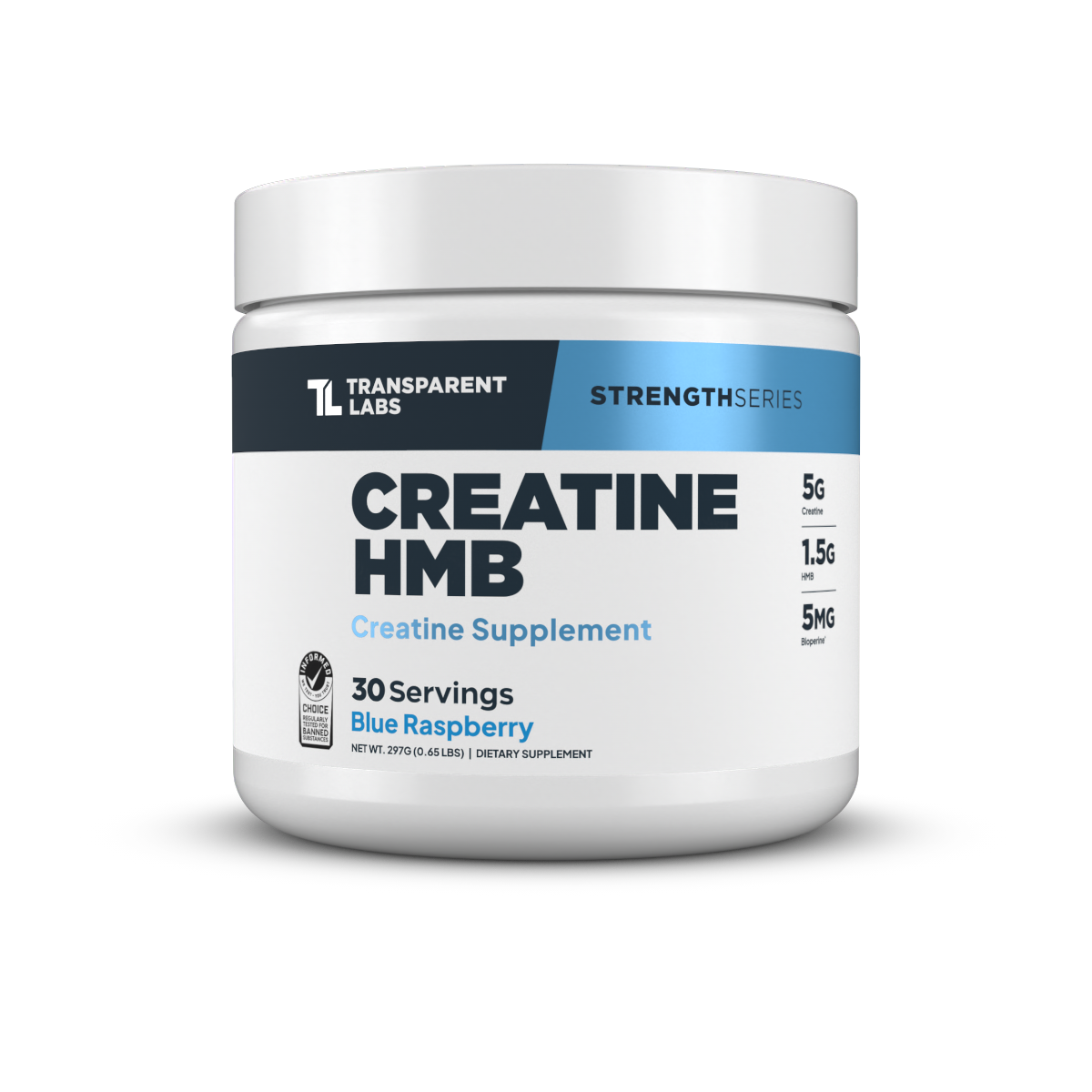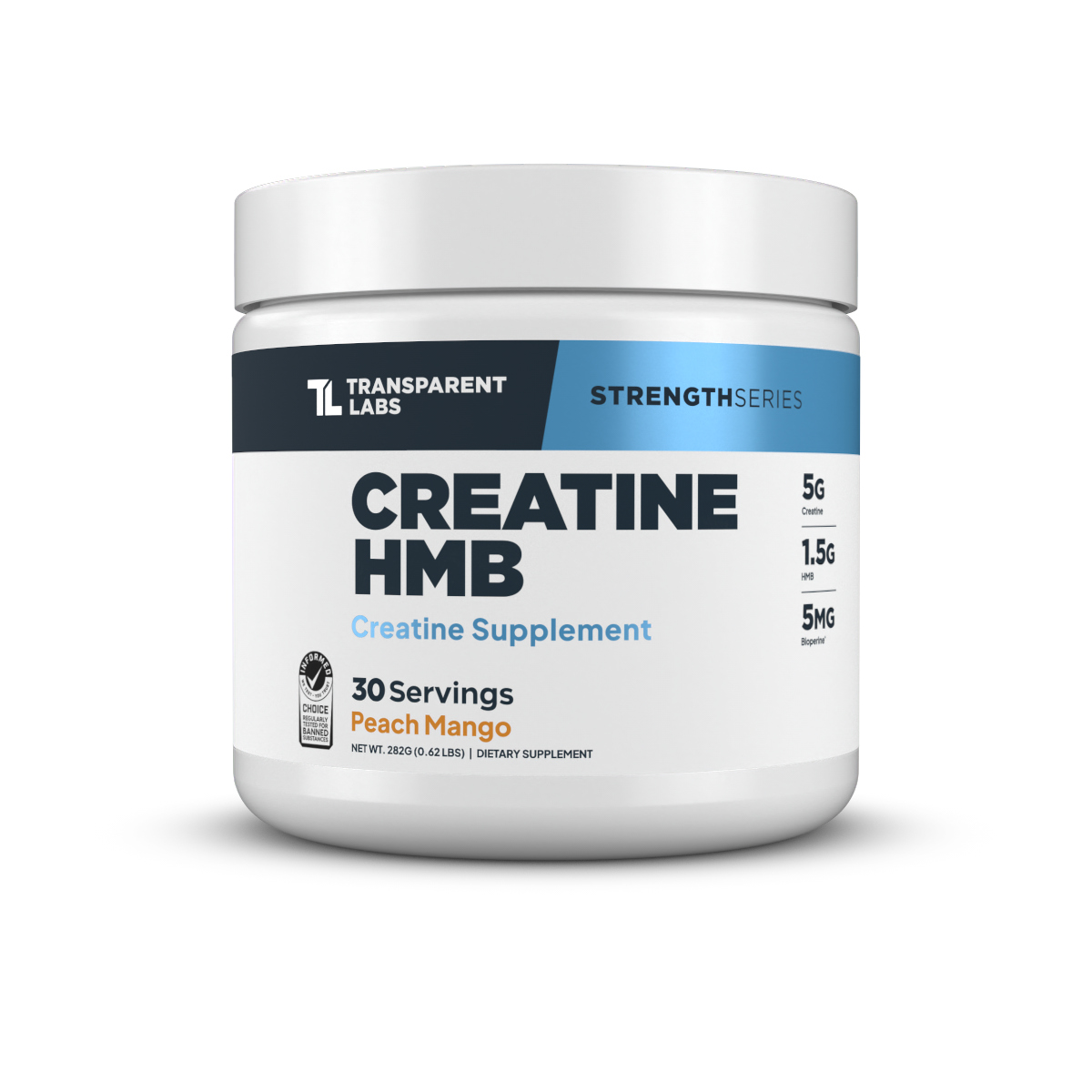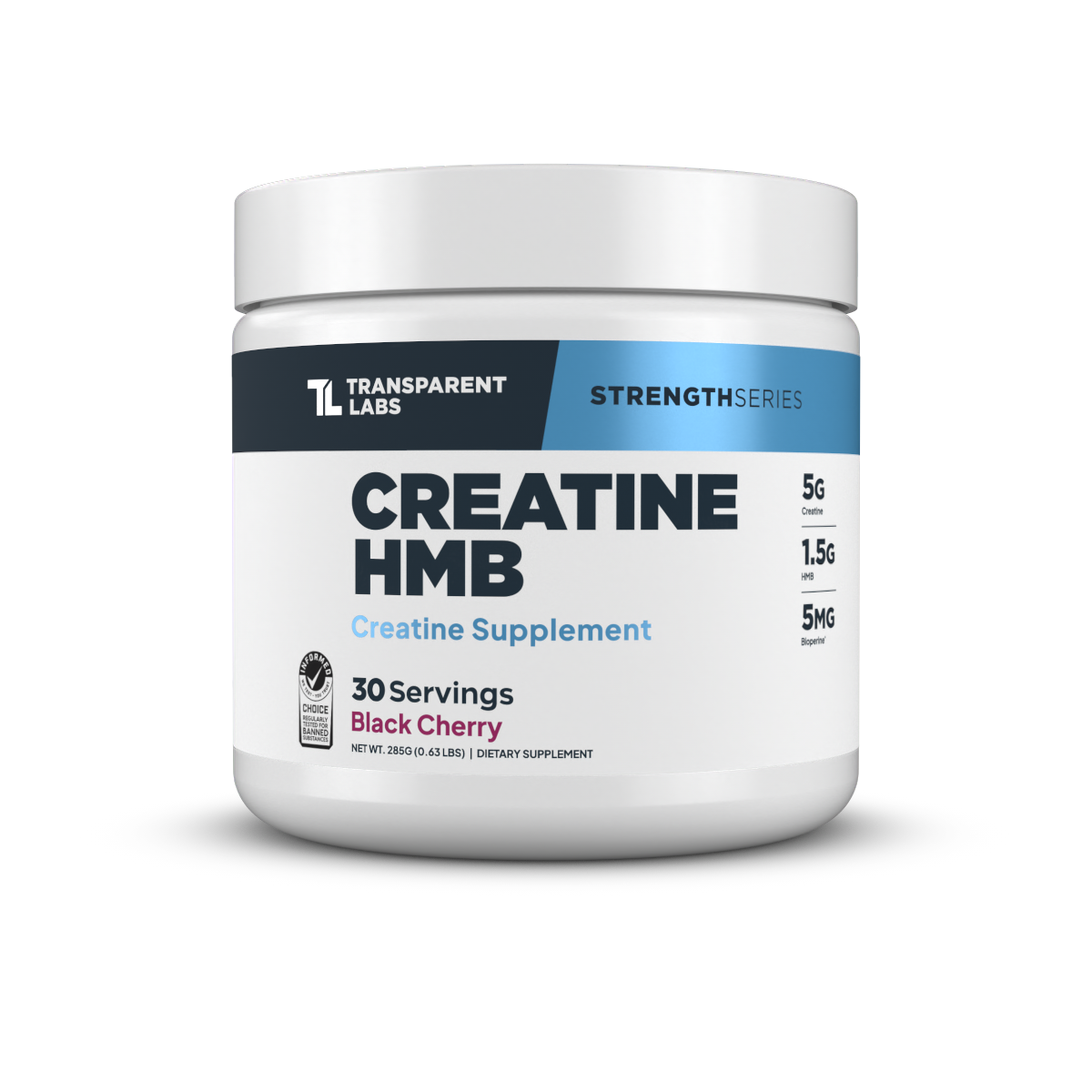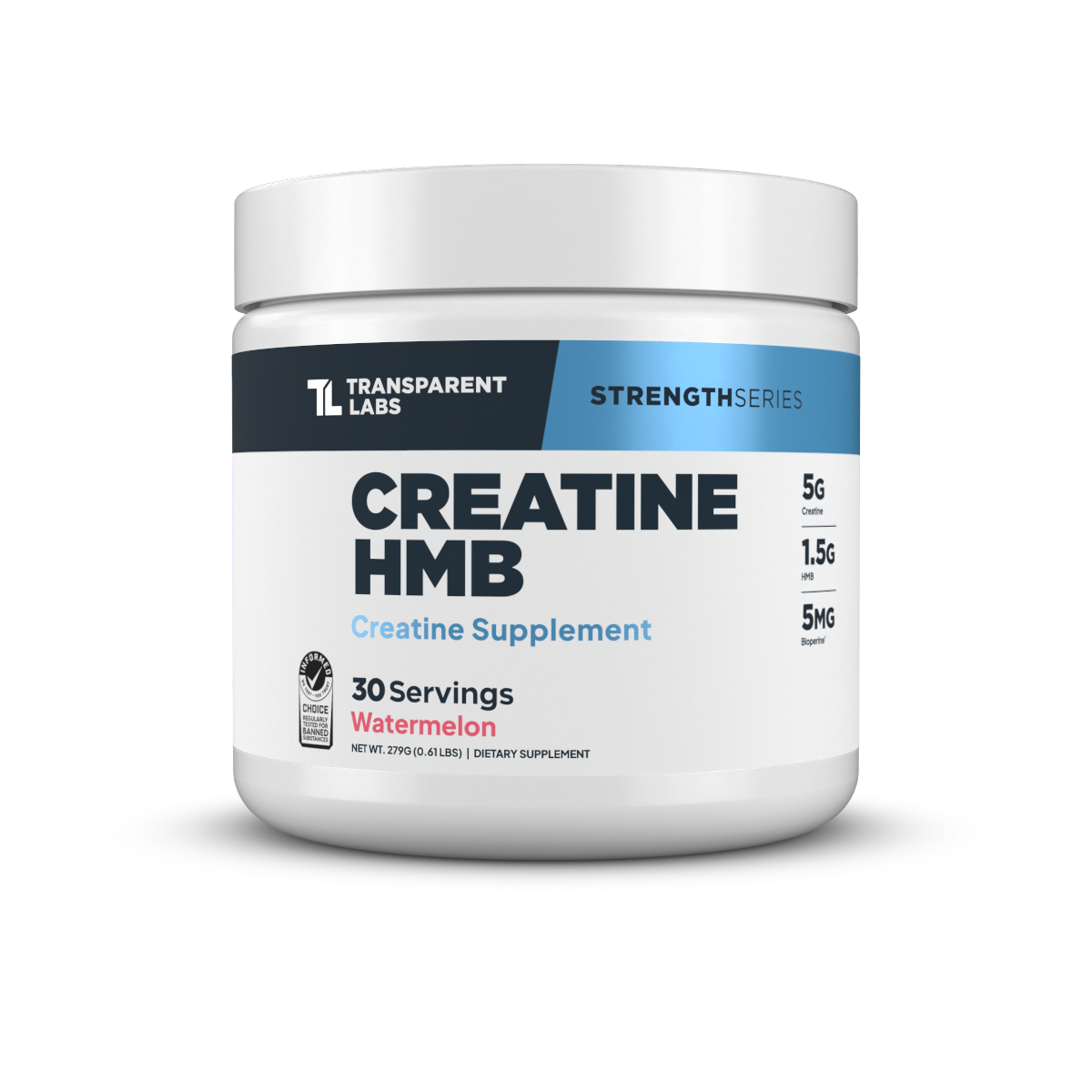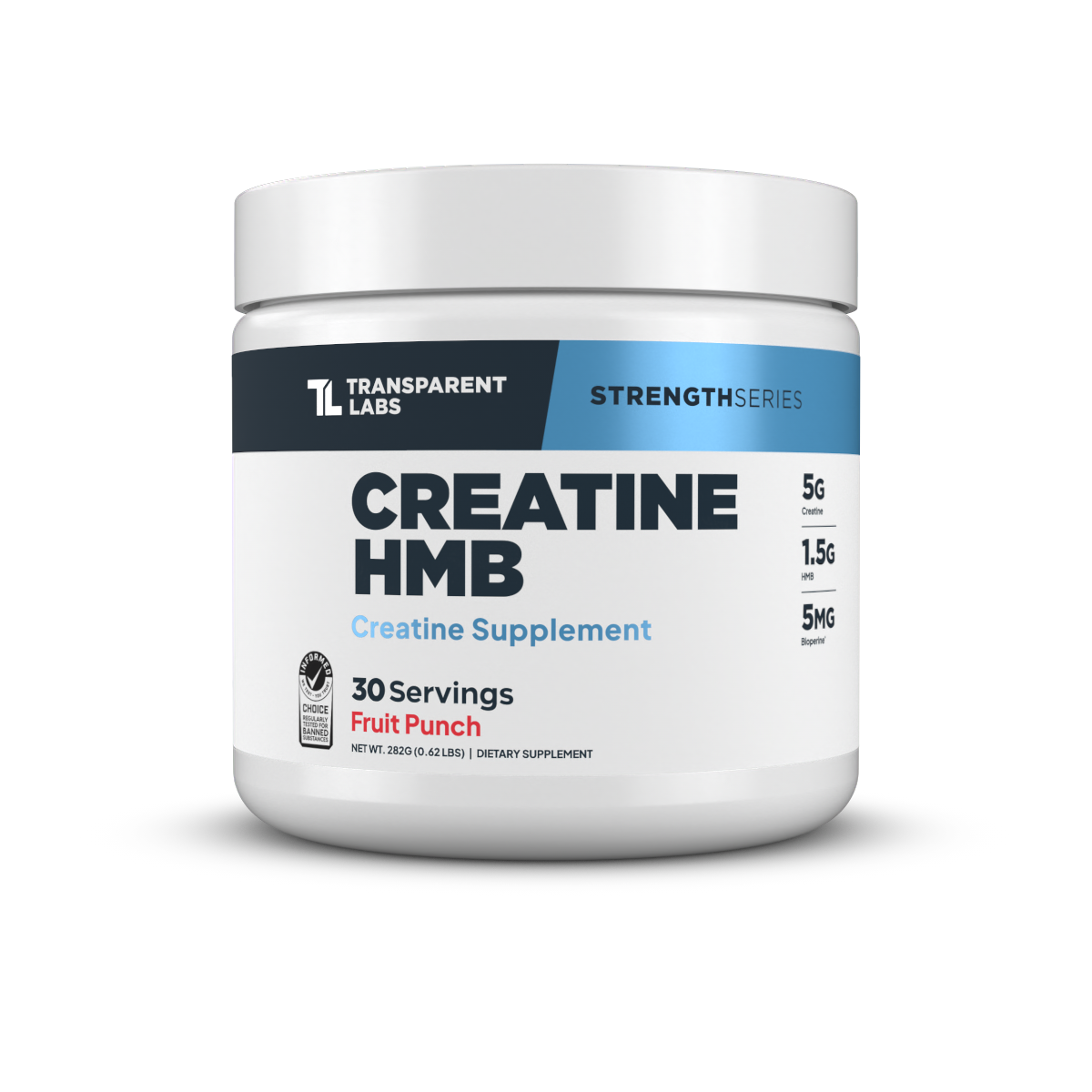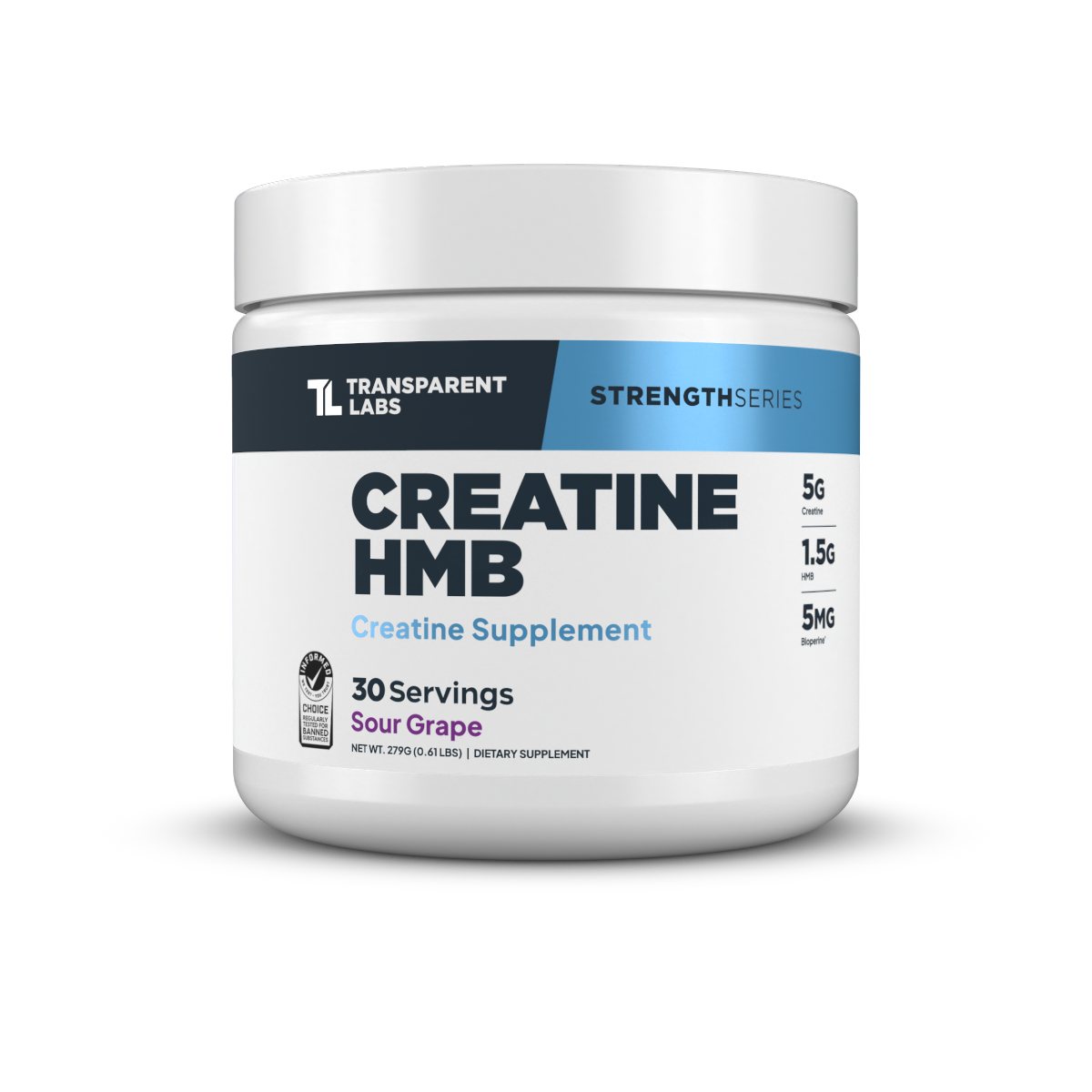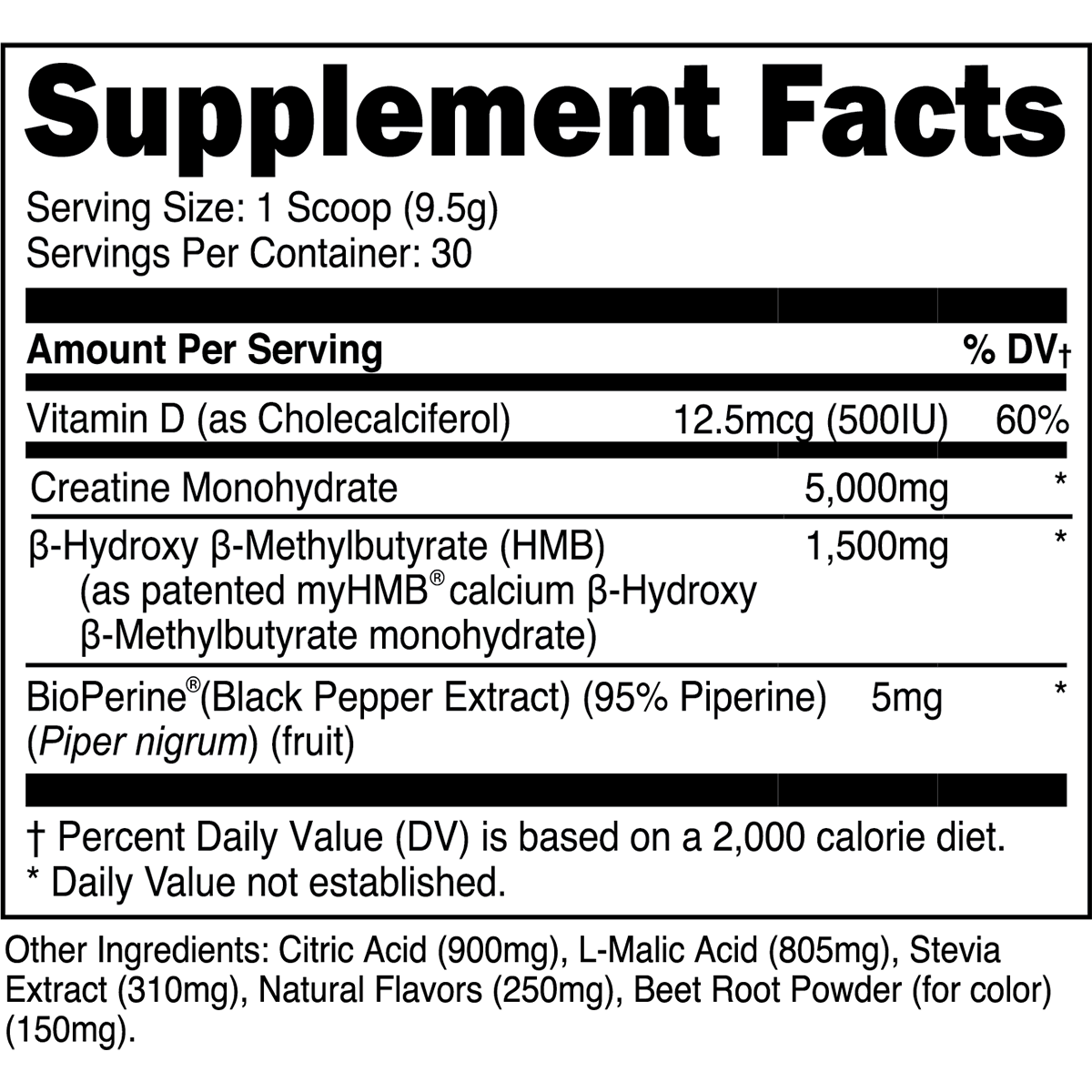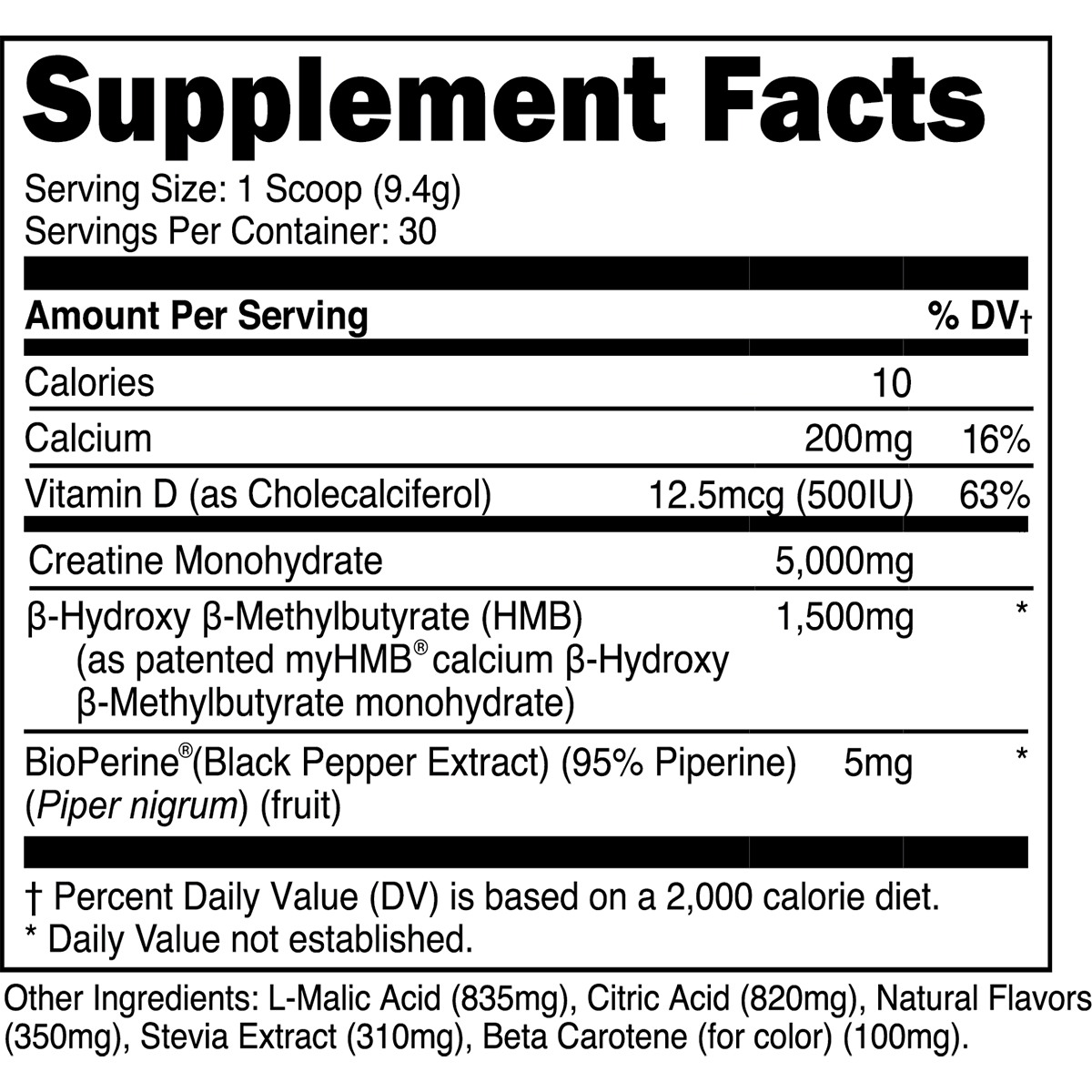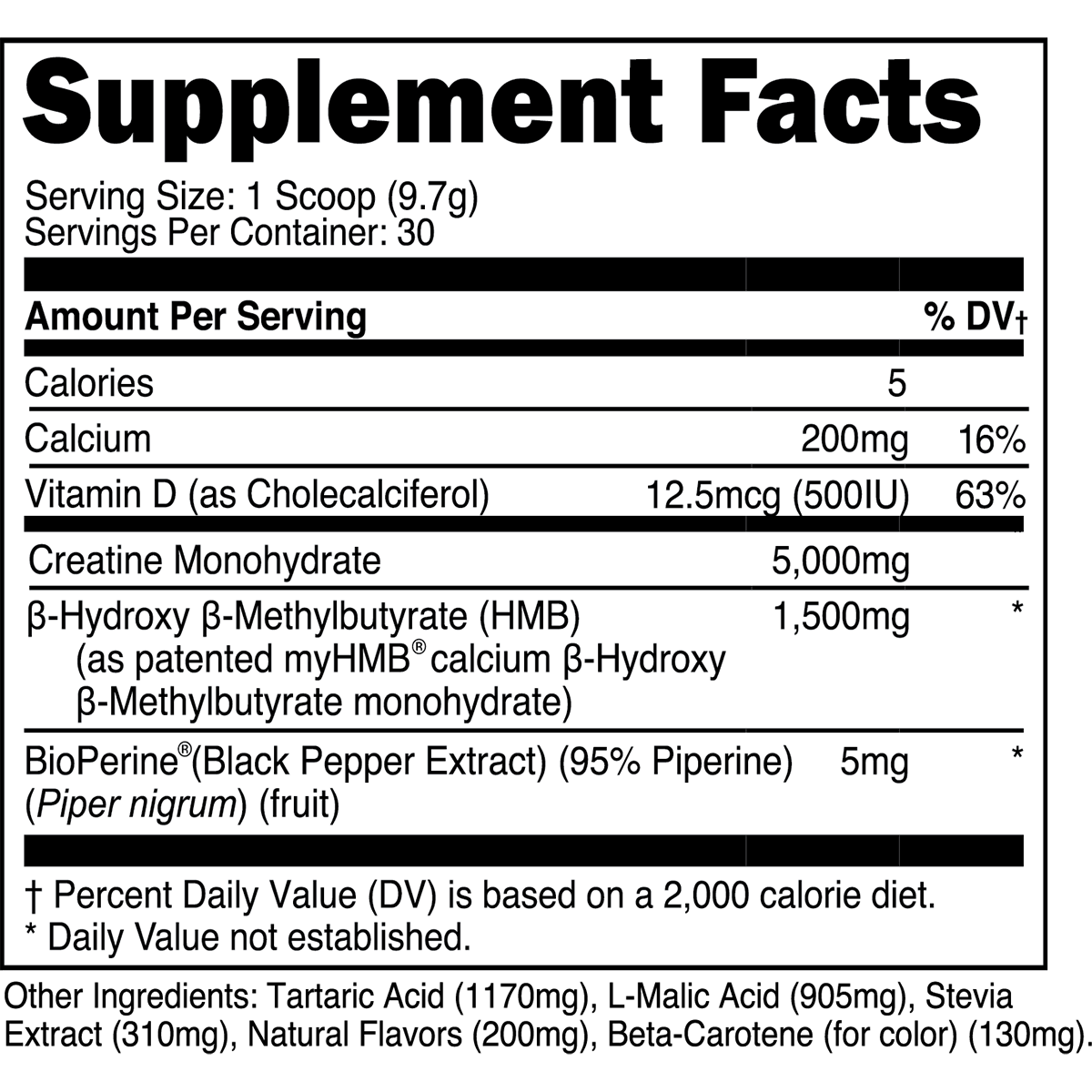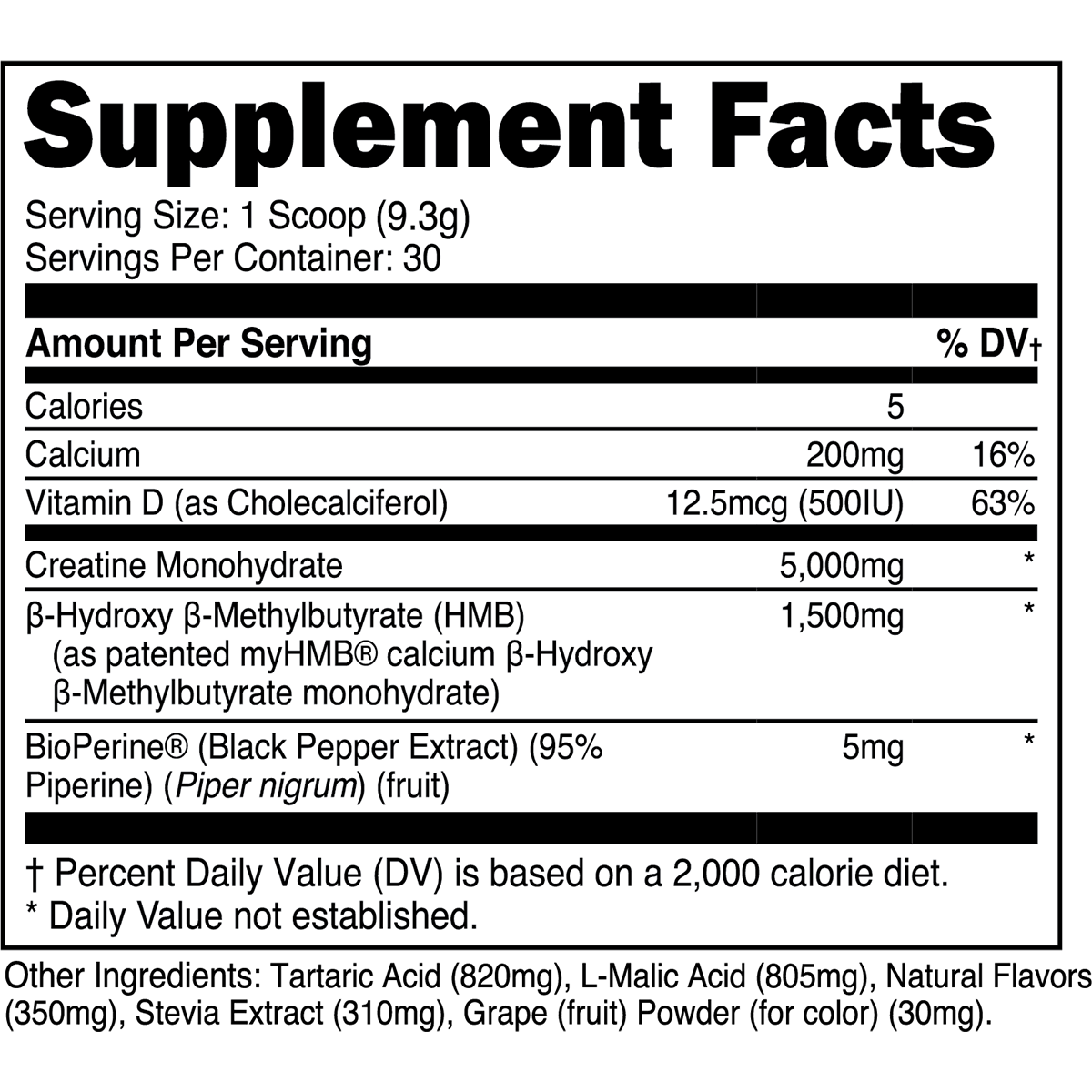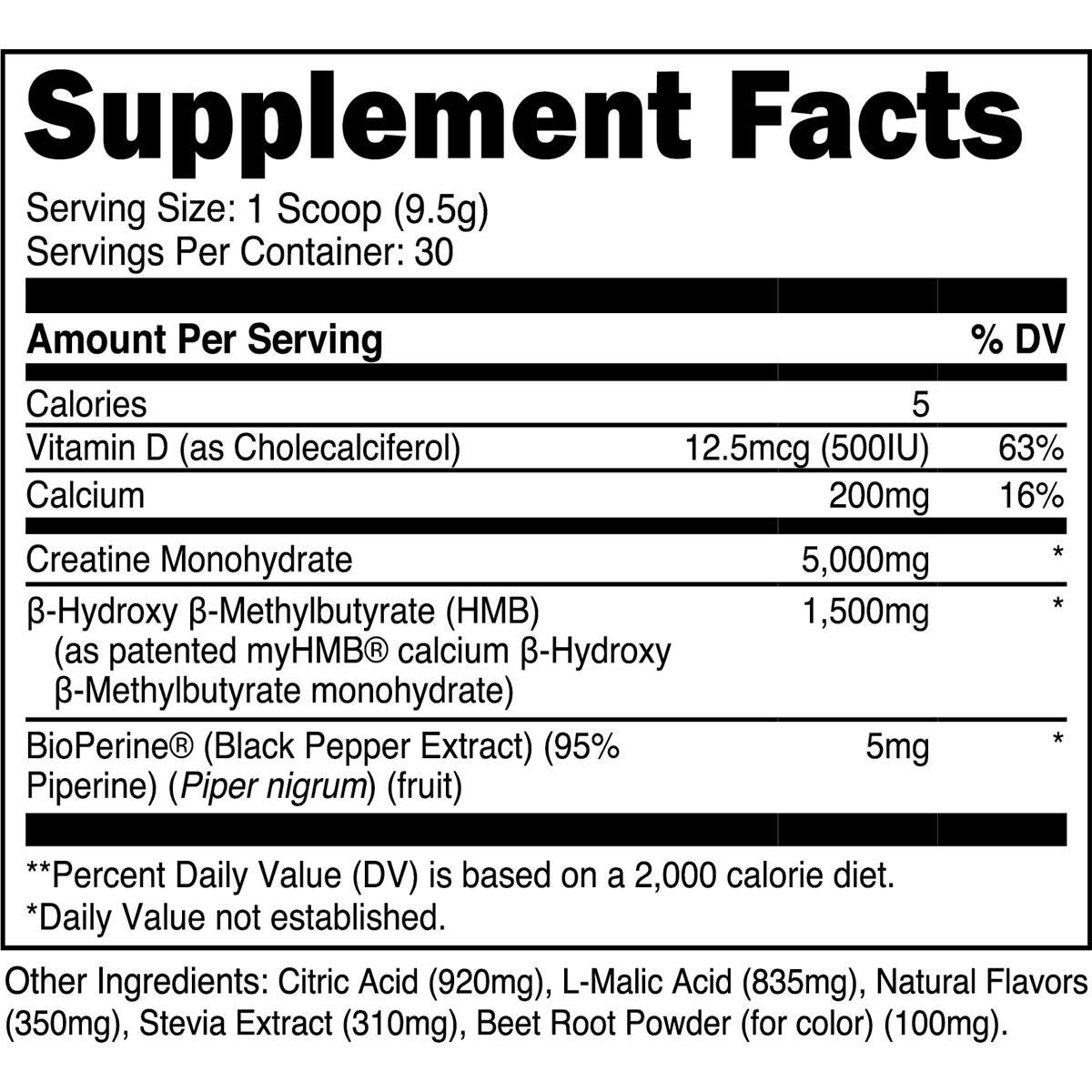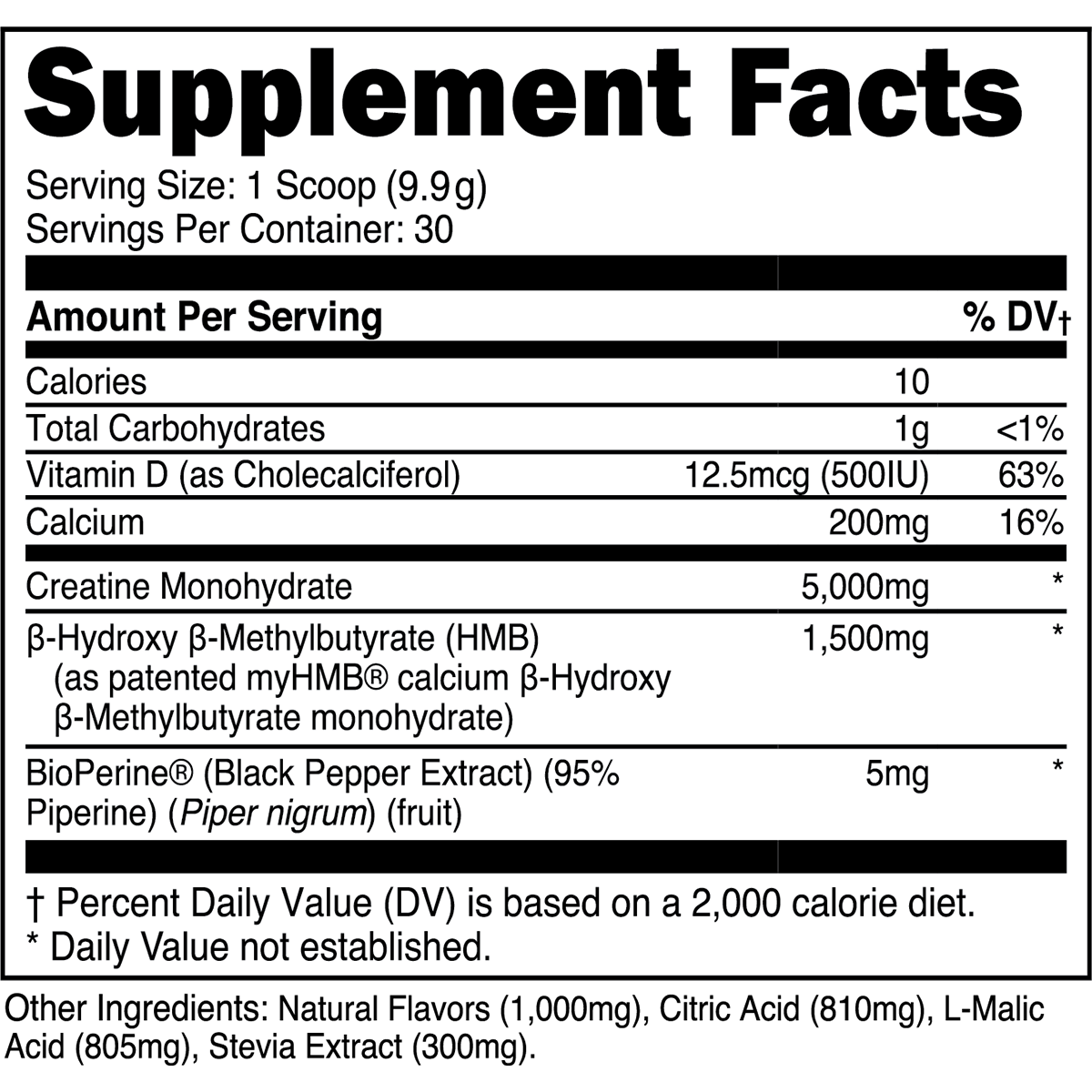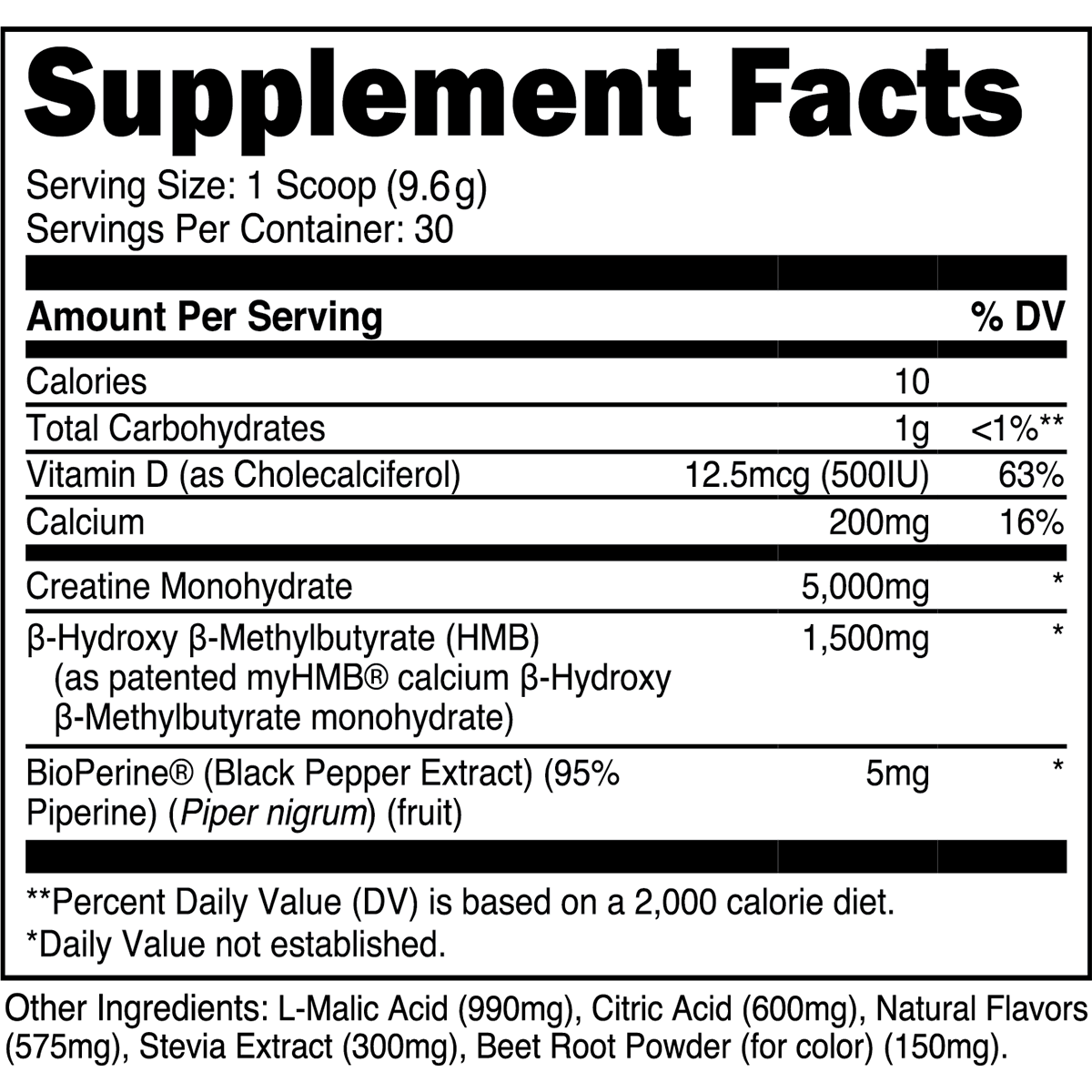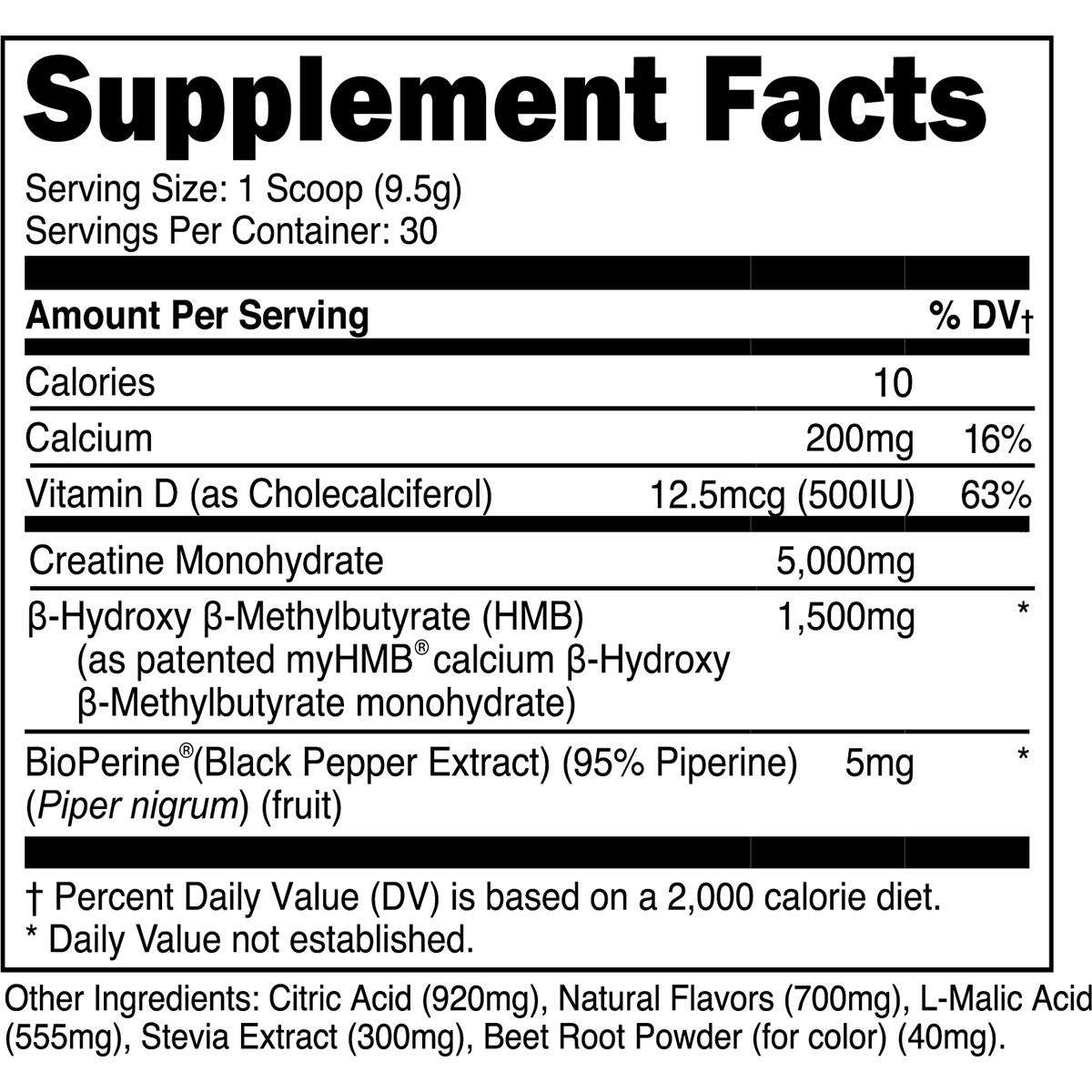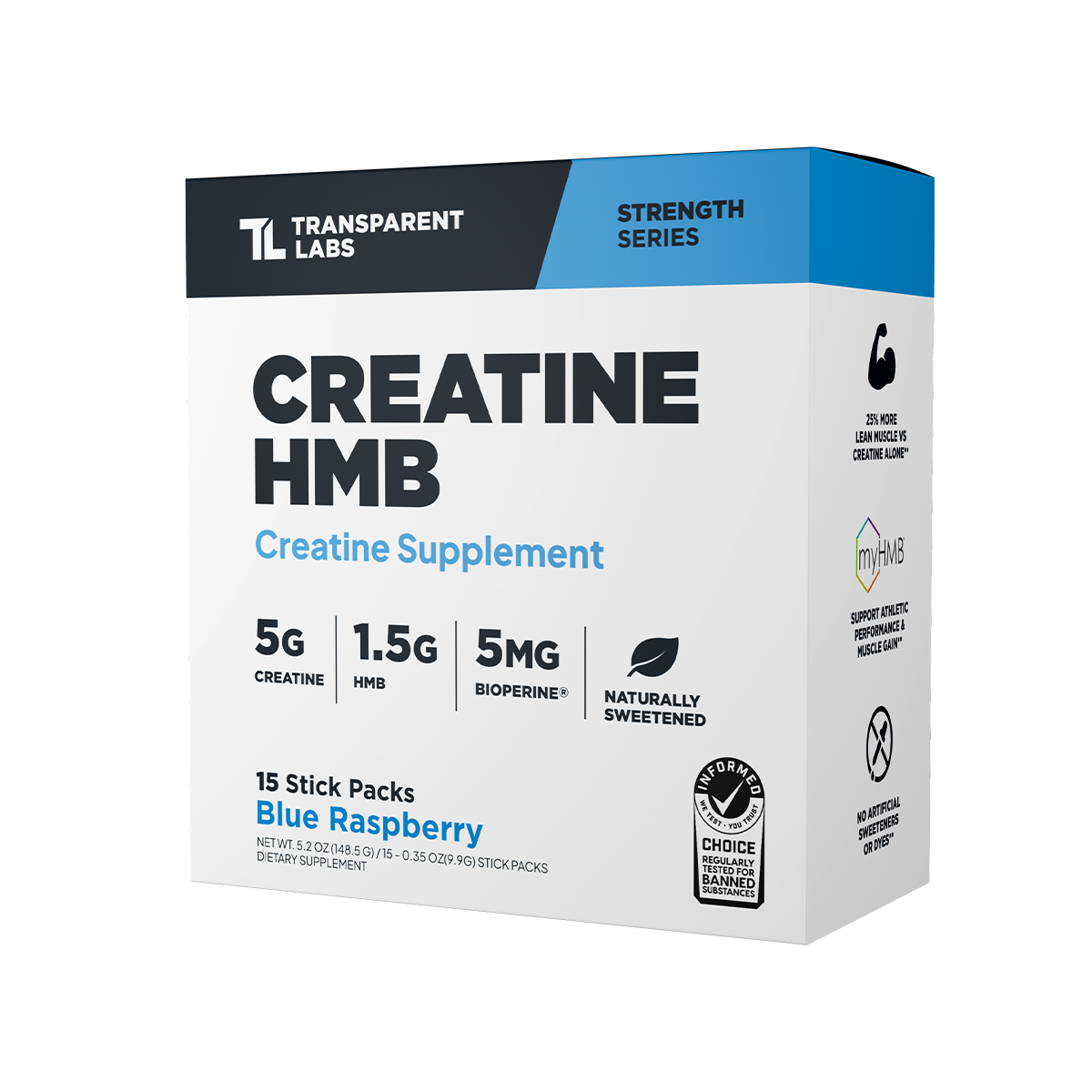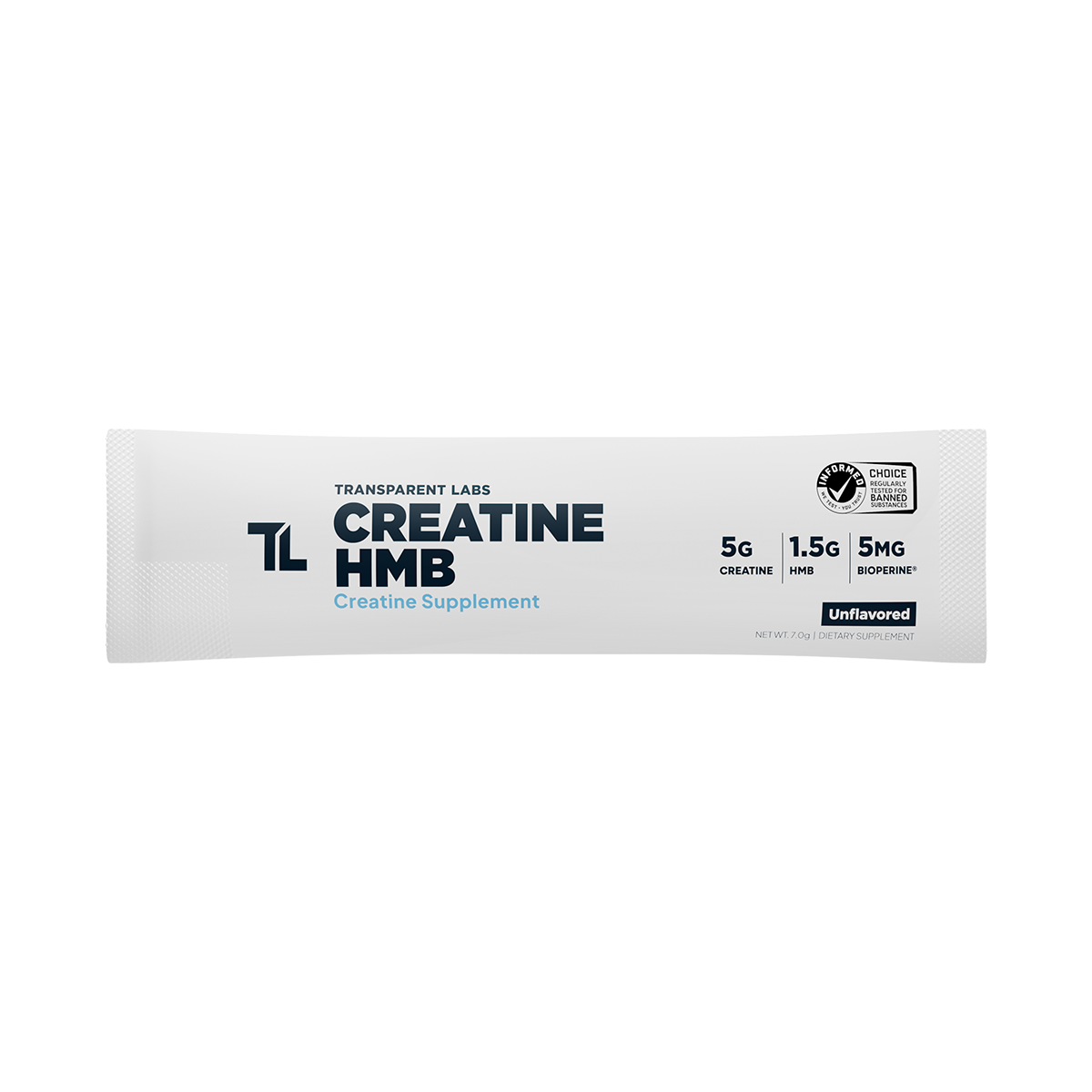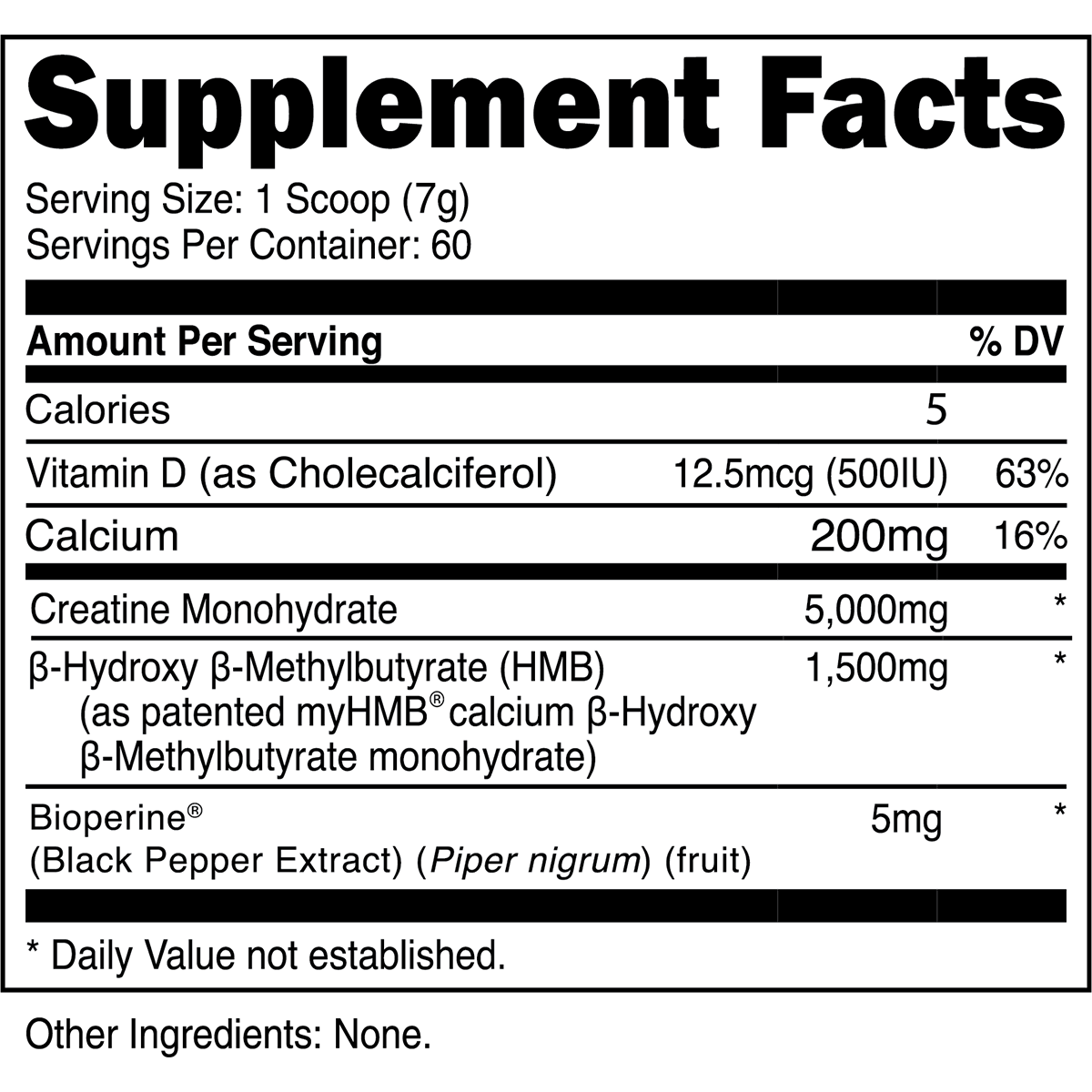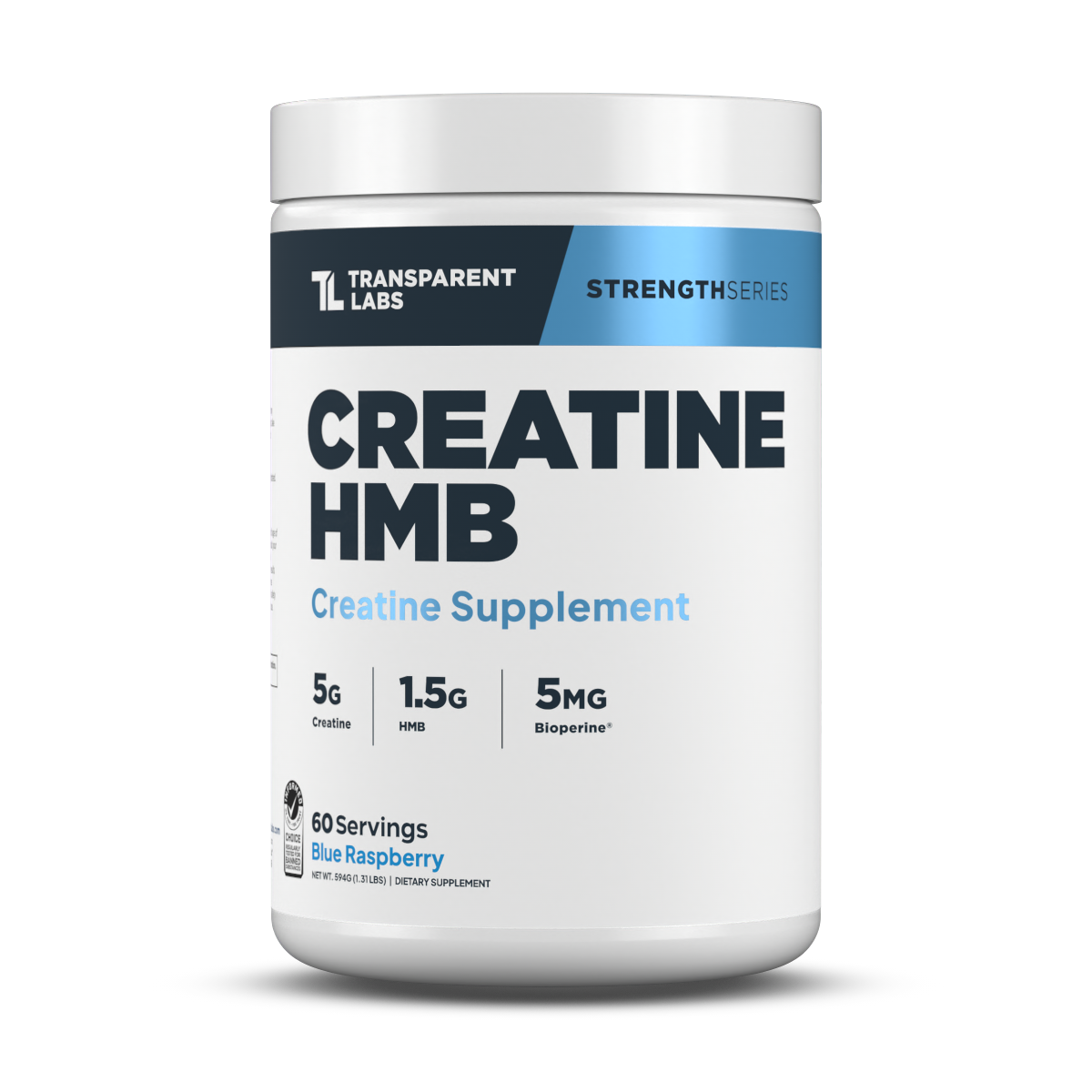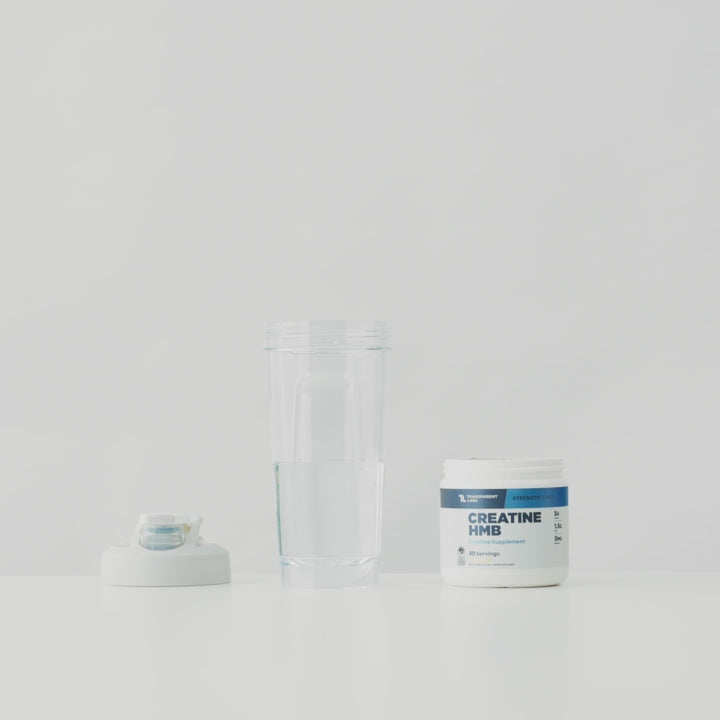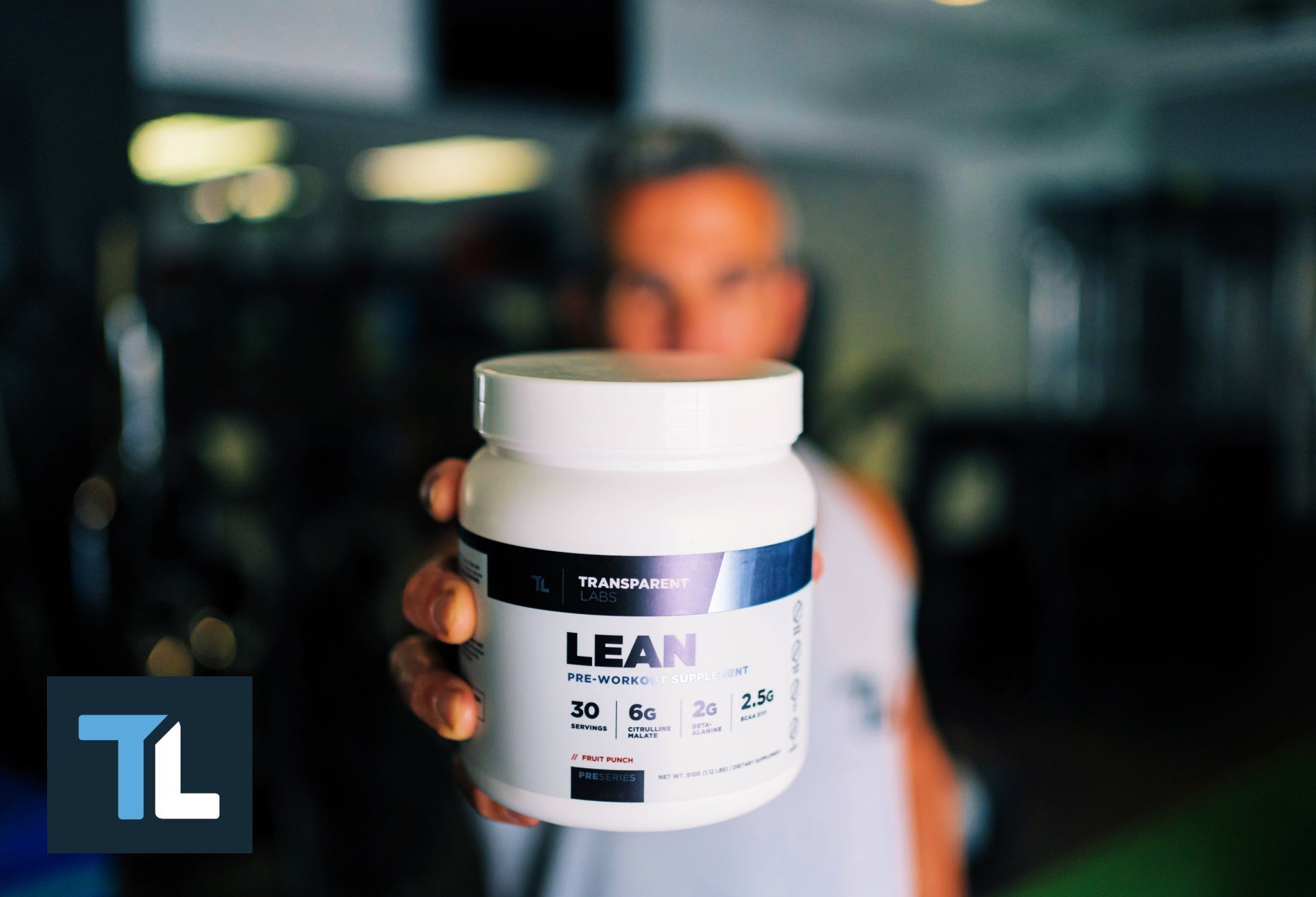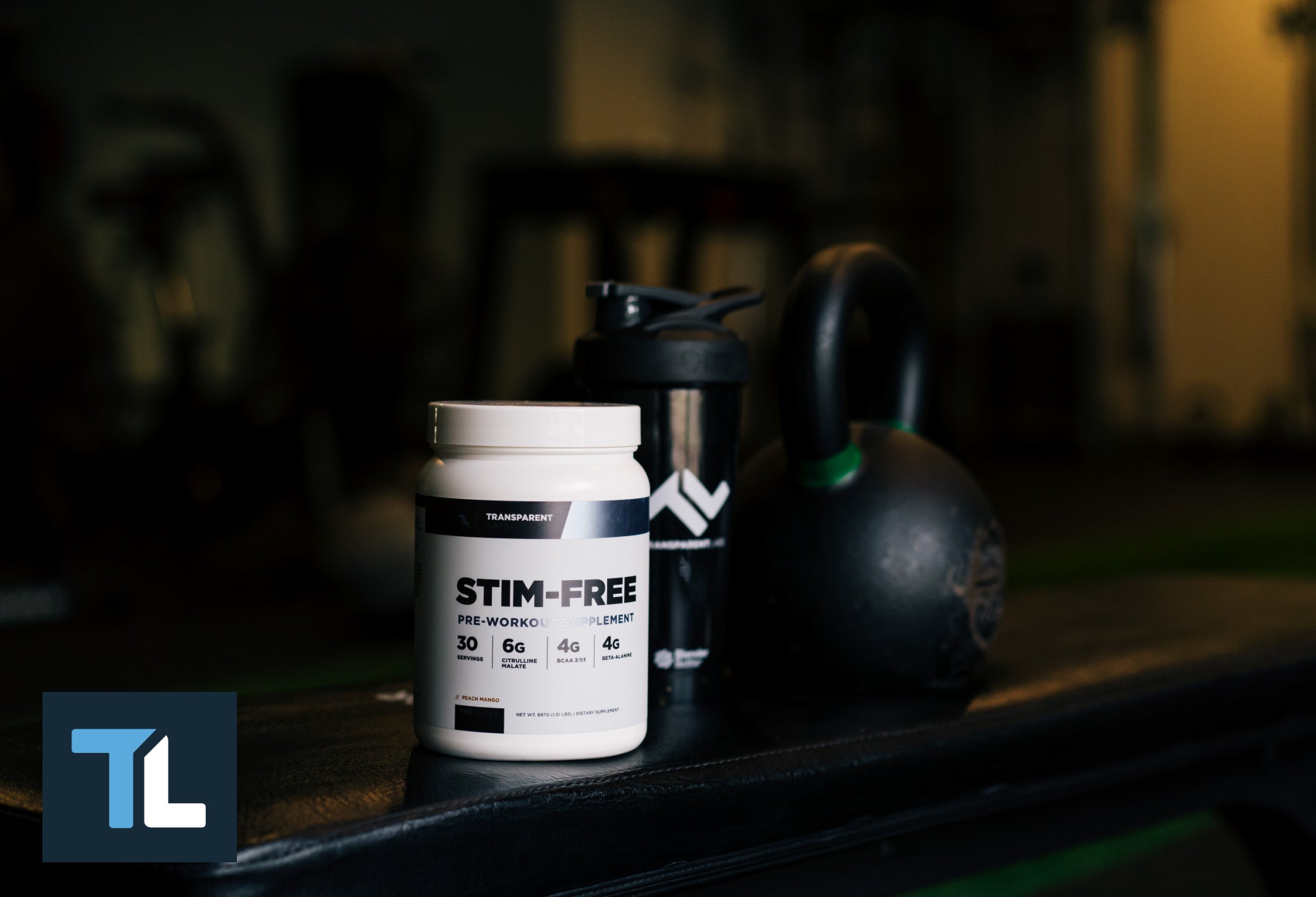5 Tips for Building Muscle After 40 (And Mistakes to Avoid)
Many processes become less efficient as we age — building muscle included. Just because our bodies aren't the well-oiled machines they used to be in our 20s and 30s, doesn't mean it's all doom and gloom come our 40th birthday. Building muscle after 40 requires the same strategies and discipline it required in your younger years. But it also calls for making a few tweaks that help with muscle recovery and injury prevention.
Follow these tried-and-true tips to train smart and maximize muscle growth after 40.
Understanding Muscle Building After 40
The older you get, the more important it is to build and maintain your muscle mass. But it also gets harder to do so.
You start losing muscle mass at a rate of about 3 to 8 percent after the age of 30 (yes, thirty), according to a classic 2004 report in Current Opinion in Clinical Nutrition and Metabolic Care. Age-related muscle loss is known as sarcopenia.
Some of this decline can be chalked up to your endocrine (hormone) system not functioning as well as it used to. But muscle loss also happens because people's diets and exercise routines suffer as they age. In other words, the older we get, the less we move or make time to fit exercise into our routines.
Sure, gaining muscle after 40 is one of those "use it or lose it" types of situations. But the silver lining is that age-related muscle loss is preventable.
According to the Current Opinion in Clinical Nutrition and Metabolic Care report, strength training regularly and eating a healthy, high-protein diet supports muscle mass and strength as you age,
How to Build Muscle After 40
1. Up the Weights
Focus on those tried-and-true compound movements to build full-body strength. Compound exercises include bench presses, deadlifts, squats, lunges, push-ups, pull-ups, and more.
Wondering about the optimal number sets and repetitions? The American College of Sports Medicine (ACSM) recommends the following:
-
For beginners: 1 to 3 sets of 8 to 12 reps per exercise using a weight that's about 70−85% of your one-rep maximum (1 RM).
-
For experienced exercisers: 3 to 6 sets of 1 to 12 reps per exercise with a weight that's 70−100% of your 1 RM.
More specifically, a 2015 review in Sports Medicine looked at research on people ages 65 and older and found this formula for the most effective resistance training routine:
-
2 to 3 sets per exercise
-
7 to 9 reps per set
-
At 51 to 69% of your 1RM
-
Done three times a week
Contrary to old-school bodybuilding science, you don't have to push yourself to failure. In fact, doing so can raise your risk for injury and doesn't offer as much muscle-building benefit as you think.
Research shows that significant muscle growth occurs when the majority of your training sets are done with about three to four reps left in the tank (aka reps in reserve) with moderate to high loads, according to a 2019 systematic review in the International Journal of Environmental Research and Public Health.
2. Never Compromise Good Form

Here's the secret sauce to safely strength training after 40: Aim to lift heavy but not at the cost of proper form. While progressive overload is still the best way to gain muscle, you never want to compromise your form to lift more weight. Performing an exercise with bad form can put you at a greater risk of injury.
Injuries often lead to muscle atrophy (aka muscle loss) because they can cause immobilization. And lack of mobility can lead to muscle loss.
So ditch the ego and pick a set of weights that feels challenging enough but can be completed with proper form. And consider working with a certified personal trainer can help you nail down your form so you can prevent injury and boost that muscle-building potential. It may sound cliche, but listen to your body — if you're feeling pain lifting a certain weight, there's no shame in choosing a set of lighter weights.
Not to mention, using heavy weights with high training volume increases stress on your joints, which puts you at a higher risk of injury, according to a 2021 study in Sports. Plus, research shows that muscle gains can still be achieved with higher reps and lower weight.
3. Don't Skip Warm-Ups
You already know you should be challenging yourself in the weight room when you're trying to build muscle. But making time for your warm-ups is just as important as getting an extra rep or two in.
Warming up helps prime your body for the workout ahead — and that's especially important as you age. A simple 5- to 10-minute warm-up routine before your workout will help boost blood flow to your muscles, reduce stress on your heart, and improve your range of motion for your workout ahead, per the American Heart Association.
All of these benefits won't only help you perform better and get stronger, but they're also critical for preventing injury. Staying injury-free means you can hit the gym more consistently and progressively overload — and we all know consistency is key.
4. Hit Your Protein Goal

You should be hitting your protein goals like your PRs at the gym. Protein is the most important macronutrient for building muscle. This macro is made up of amino acids that support muscle growth by helping build and repair muscle tissue after a workout.
The consensus is to get 1.4 to 2 grams of protein per kilogram of body weight per day — or 0.6 to 1 gram of protein per pound of body weight — as recommended by the Academy of Nutrition and Dietetics, Dietitians of Canada, and the American College of Sports Medicine.
People looking to build strength (hey, that's you!) should consume at the higher end of that range, so aim for about 1 gram of protein per pound of bodyweight. (Sticking to that formula also helps make calculating your protein goals for the day that much easier.)
Center your meals around healthy, nutrient-dense proteins, such as lean beef and poultry, legumes, eggs, and low-fat dairy. Also make sure to include healthy fats and complex carbs in your meals to help fuel your workouts and aid in recovery. Good nutrition can help you recovery faster after a workout and have more energy during your sweat session.
5. Get Enough Quality Sleep
While we'd commend you for waking up early to get your workout in, exercising should never be done at the expense of sleep. Quality slumber — and the keyword here is quality — is a must for muscle recovery and growth.
Research shows that not getting enough sleep is linked to having less muscle mass. A 2023 study of almost 20,000 participants in BMC Public Health found that muscle mass decreased when sleep quality deteriorated, even when people slept enough hours.
Not only that, but fat mass increased when folks didn't get enough quality sleep. The combo of losing muscle and gaining fat spells an unfavorable body composition. Plus, it could also potentially put you at risk of metabolic issues down the line.
Older adults who didn't sleep enough had a 14% higher prevalence of muscle loss compared to young and middle-aged adults who didn't get enough good quality sleep, in a 2023 JAMDA study. Those who slept for less than 6 hours a night had a three times higher risk of sarcopenia than those who slept for 6 to 8 hours.
Each night, aim to get at least 6 hours of quality sleep. Try blocking out light, avoiding electronics before bed, and listening to a sleep meditation to help you get better sleep.
Frequently Asked Questions
What are the Best Exercises to Build Muscle After 40?
The best exercises to build muscle after 40 (and regardless of your age) are compound movements that work more than one muscle group. These exercises include the bench press, overhead press, deadlift, squat, lunge, push-up, and pull-up/chin-up.
You can choose to split your routine into upper and lower-body days or combine a few movements into a full-body workout. Either way, always focus on advancing in these movements with progressive overload. That can mean adding weight (or resistance bands) or doing more reps.
What are Some Supplements that Can Help Build Muscle After 40?
Protein powder and creatine powder are the most well-studied supplements to help build muscle.
If you find it difficult to hit your protein goal, adding a protein supplement to your routine can help. Use protein powder in shakes and smoothies, add it to your morning oats, and bake with it to add more protein to your day.
Creatine is a compound your body naturally produces supply your muscles with energy. Taking it in supplement form has been shown to help build muscle mass, per a 2019 report in the Journal of Clinical Medicine.
Is it Possible to Build Muscle Naturally After 40?
While muscle loss is part of the aging process, building muscle after 40 is still possible naturally. Strength training regularly and focusing on progressive overload is key. You'll also have to eat a nutritious, protein-rich diet to support those muscle gains.
What is the Best Diet for Building Muscle After 40?
The best diet for building muscle after 40 is one that's rich in nutritious proteins. The general recommendation is to get 1.4 to 2 grams of protein per kilogram of body weight per day. That works out to 0.6 to 1 gram of protein per pound of body weight. Focus on including healthy protein foods, such as lean meat, fish, poultry, eggs, beans and legumes, in your diet.
Can You Build Muscle While Burning Fat after 40?
Yes, building muscle while burning fat is possible after hitting 40, but achieving both at the same time is always difficult, no matter your age. Building muscle requires you to train with progressive overload and eat enough protein. Meanwhile, burning fat requires maintaining a caloric deficit. So to gain muscle while burning fat, you'll have to train for hypertrophy and eat enough protein.
The goal is to eat enough protein and keep your calories low for fat loss, but not too low that you won't have enough energy for your workouts. Adding cardio exercise to your routine can also help you shed some fat.
What are the Benefits of Building Muscle after 40?
Building muscle after 40 comes with many benefits aside from more strength. You might also improve your bone density, metabolism, joint health, hormone levels, and heart health. All of these perks are linked to a longer life.


